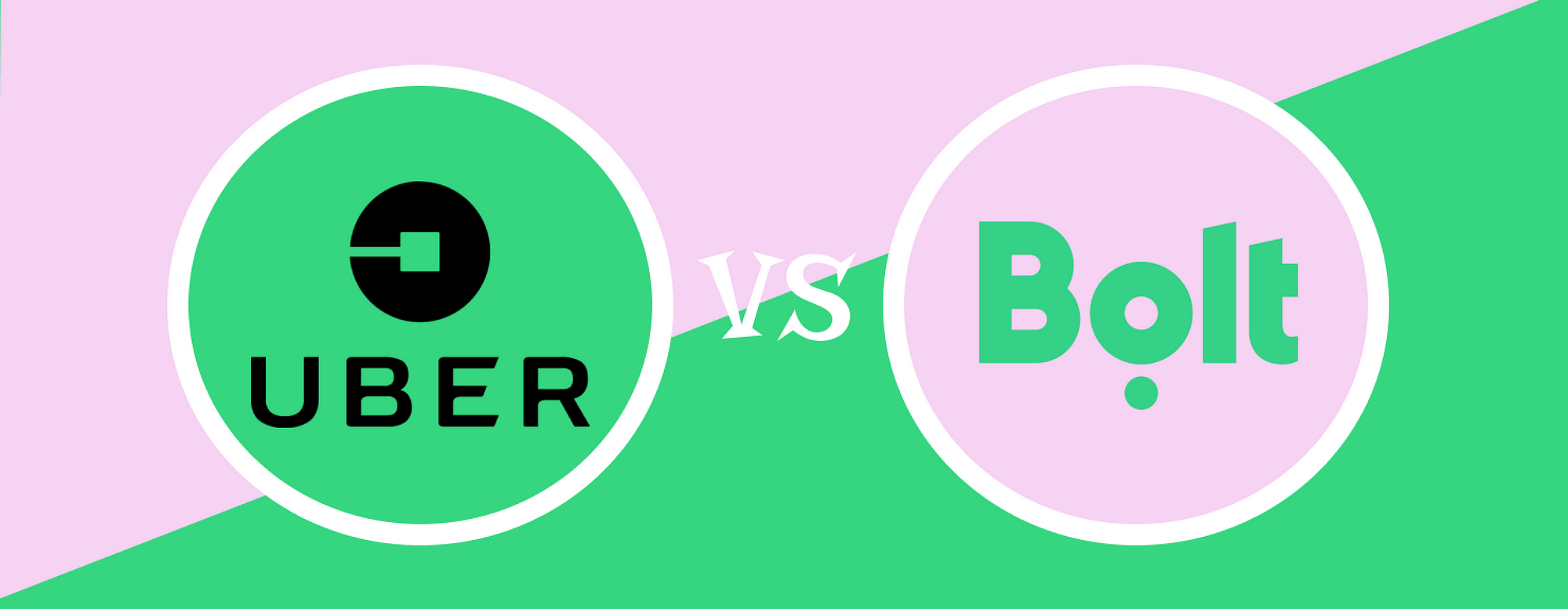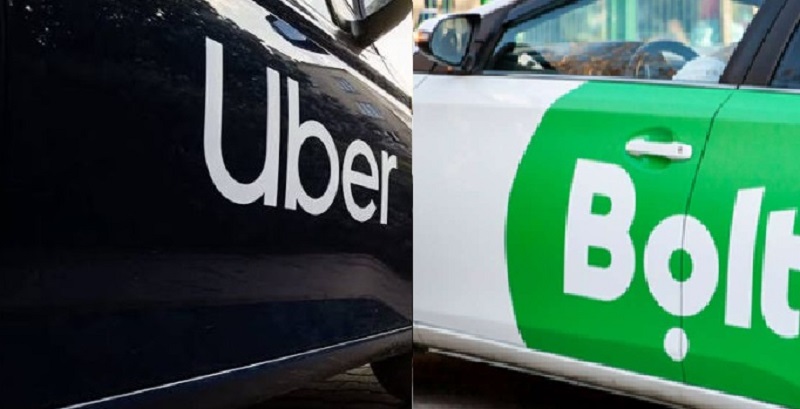
With the increasing demand for reliable and affordable transportation, ride-hailing apps have become a staple in urban life. Among the most popular options worldwide are Bolt and Uber—two fierce competitors offering similar services but with key differences. So, which one is better? Let’s dive into the comparison based on pricing, availability, driver experience, app interface, and customer satisfaction.
1. Pricing and Affordability
One of the biggest deciding factors for users is cost. Bolt is often seen as the more affordable option in many cities. It typically charges lower base fares and commission fees, which not only benefits passengers but also gives drivers better earnings per ride.
Uber, while slightly more expensive on average, often counters this with promotions, loyalty rewards, and consistent pricing structures. However, surge pricing during peak hours can make Uber significantly more expensive than Bolt.
Verdict: Bolt edges out Uber for more budget-conscious users.

2. Service Availability
Uber, being the older and more globally established company, operates in more countries and cities. It’s the go-to app for international travelers due to its widespread availability.
Bolt, while expanding rapidly across Europe, Africa, and some parts of Asia, still has a more limited reach compared to Uber. That said, in regions where both are available, Bolt is gaining ground quickly.
Verdict: Uber wins in global reach, but Bolt is catching up fast.
3. User Experience and App Interface
Both apps are sleek, easy to navigate, and offer real-time tracking, fare estimates, and payment options including cards, mobile wallets, and cash. However, Bolt’s app is often praised for being lighter and more responsive on lower-end smartphones.
Uber, on the other hand, has more features such as Uber Reserve, in-app messaging with enhanced safety features, and integration with other services like food delivery (Uber Eats).
Verdict: Uber offers more features, but Bolt keeps it simple and efficient.
4. Driver and Rider Safety
Uber has invested heavily in safety features, including real-time ride tracking, driver background checks, emergency buttons, and rider verification in some markets. Bolt also provides safety features, but some critics argue that its driver vetting process is less rigorous than Uber’s in certain regions.
Verdict: Uber takes the lead on safety due to its more comprehensive features and protocols.
5. Earnings and Incentives for Drivers
Drivers often choose between Uber and Bolt based on commission rates and incentives. Bolt generally charges drivers lower commissions, allowing them to keep more of their earnings. This has made it a popular choice among drivers in many markets.
However, Uber’s larger user base means drivers may get more consistent ride requests, potentially making up for the higher commission rates.
Verdict: Bolt is better for driver earnings in the short term; Uber may offer longer-term stability.
Final Thoughts: Which One is Better?
Choosing between Bolt and Uber ultimately depends on your location, budget, and priorities:
- Choose Bolt if you’re looking for lower fares, better driver earnings, and a fast, simple app experience.
- Choose Uber if you want a more established service with broader coverage, enhanced safety features, and additional options like ride scheduling.
Both apps have their strengths, and having both installed gives you the flexibility to choose the best option based on current prices, wait times, and your specific needs.
